The best Pixel phones 2025: I've tested the Pixel 10 through the Pixel 10 Pro Fold - here's my ranking and tips on which Pixel to buy
Amazing displays and top-notch AI cameras all around

The best Pixel phones are the easiest phones to recommend. I've reviewed every major smartphone launched this year, and the phone I find myself using most often after the reviews are done is my trusty Google Pixel 10 Pro. I can choose any phone, and a Pixel is usually my phone of choice.
The new Pixel 10 lineup combines Google's legendary ease of use with genuinely useful new features - like the game-changing (for Android) Pixelsnap magnetic charging - while offering devices to fit every buyer's price range.
I'm currently carrying the Pixel 10 Pro XL as my daily driver because it is simply my favorite camera phone to use, thanks to its massive screen that is super clear and bright, even when I'm taking photos outside. But you don't need to go Pro to get a great experience; even the standard Pixel 10 now features a dedicated telephoto zoom lens and a fantastic display.
In fact, Pixel phones hold the crown for the best screens I've tested on any smartphone. Google’s Super Actua displays on its Pro models have outpaced the competition in brightness and clarity, making them stunning to look at in any light.
Google also remains the kingdom where smartphone AI is born, offering helpful tools like Magic Cue, Camera Coach, and exclusive call screening features that you simply can't get on other Android devices or iPhone competitors.
Here are Google's newest and best devices, and we are unlikely to see any new entries for many months to come. However, that doesn't mean you have to pay full price. The Black Friday season has just started, and this is historically the absolute best time to buy a Pixel.
Google phones go on sale for Black Friday with deeper discounts than any other brand—you won't see price drops like this on an iPhone. If you've been waiting to upgrade, the sales happening right now make this the perfect moment to snap up a Pixel 10 or any of the best Pixel phones.

Philip Berne is a veteran tech journalist who has been reviewing mobile phones since they had pop-up antennas and physical keyboards. He possesses a unique insider perspective on the industry, with six years at Samsung leading product reviews and managing crisis communications during the Galaxy Note 7 recall - so he knows how to spot the next hot device. A former English Department Chair, Philip cares as much about the Oxford Comma as he does about optical zoom. When he isn't testing the latest AI features or foldable durability, he is likely walking the dog or searching for the perfect bagel.
Quick List
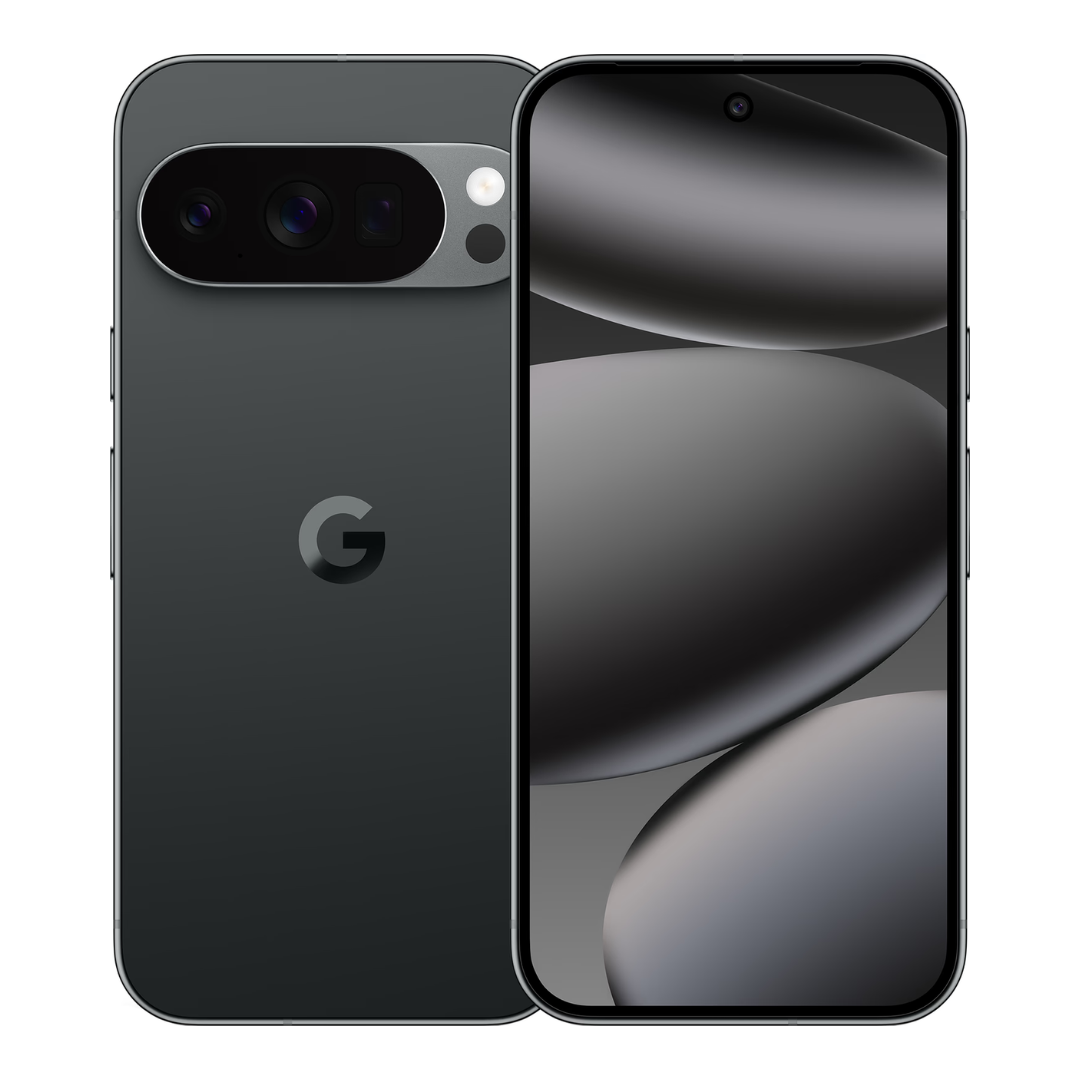
Pixel 10 Pro is the phone I never expected Google to make – a device more desirable than the iPhone. With the addition of magnetic charging and AI features that actually help rather than annoy, it's the most refined Pixel experience yet, provided you can overlook the Tensor G5 chipset's limitations.
Read more below
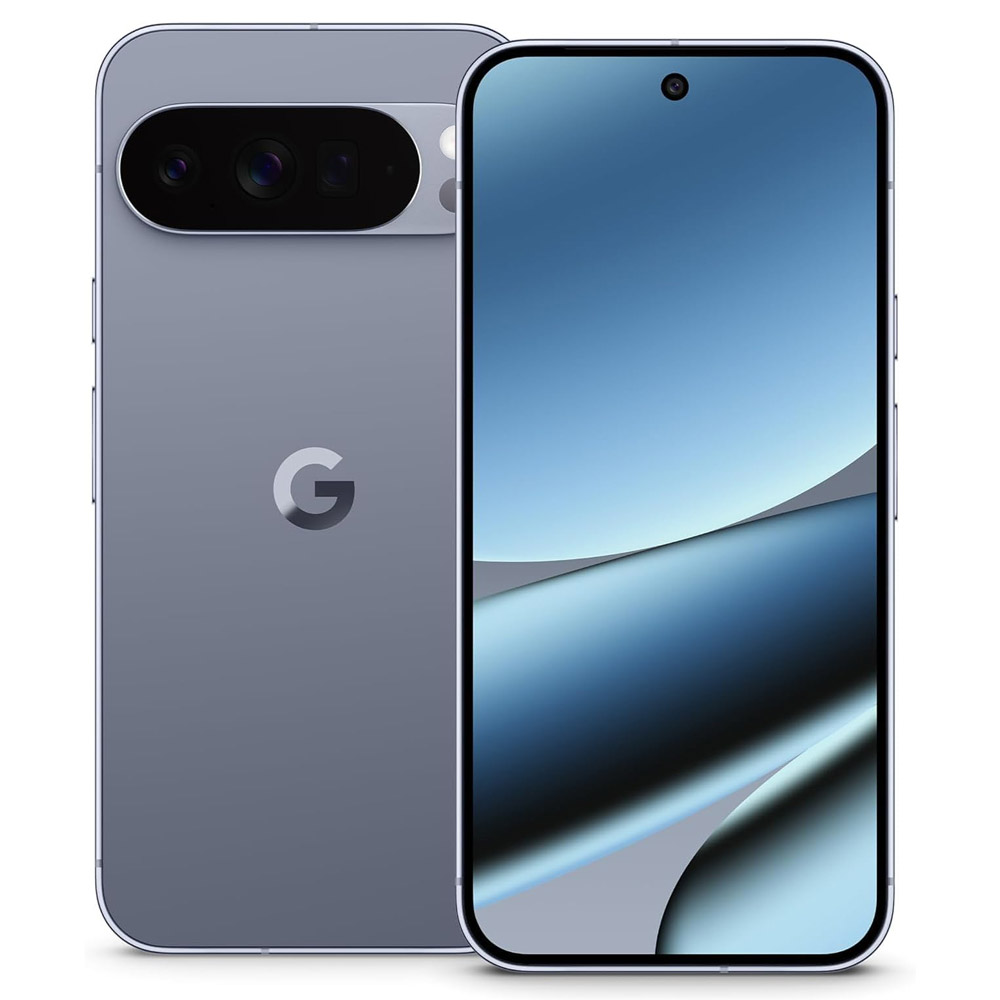
The Pixel 10 Pro XL is my top recommendation for photography lovers because the massive 6.8-inch display acts as a perfect viewfinder. It has all the same features as the smaller Pro, but the extra screen real estate and battery life make it the ultimate Android AI camera, especially with the new Camera Coach helping me to become a better photog.
Read more below
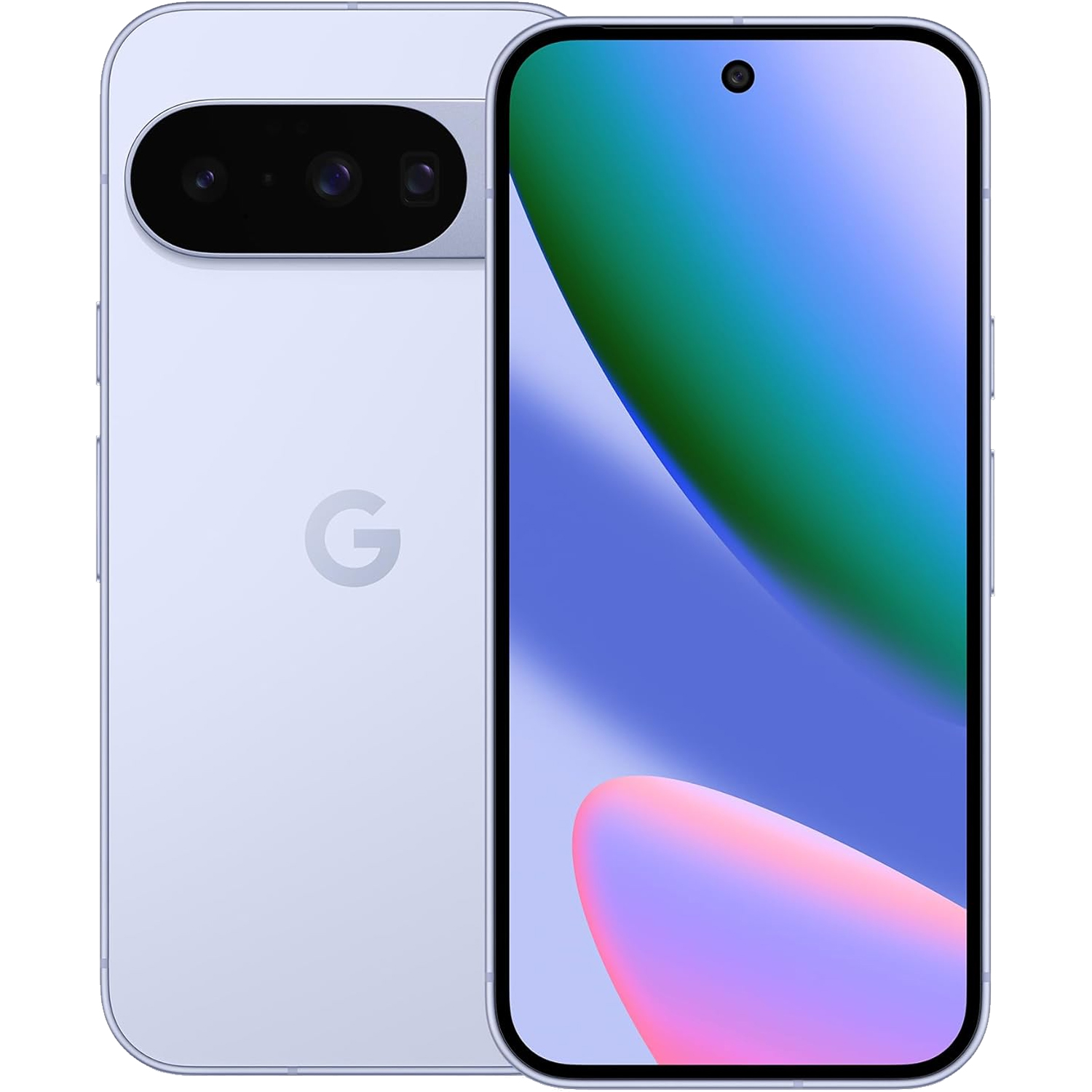
The Pixel 10 is the closest Google has come to hitting the iPhone bullseye. It offers magnetic charging and a real telephoto lens in a package that feels refined and remarkably easy to use, and it doesn't miss any of the Pro-level tricks.
Read more below
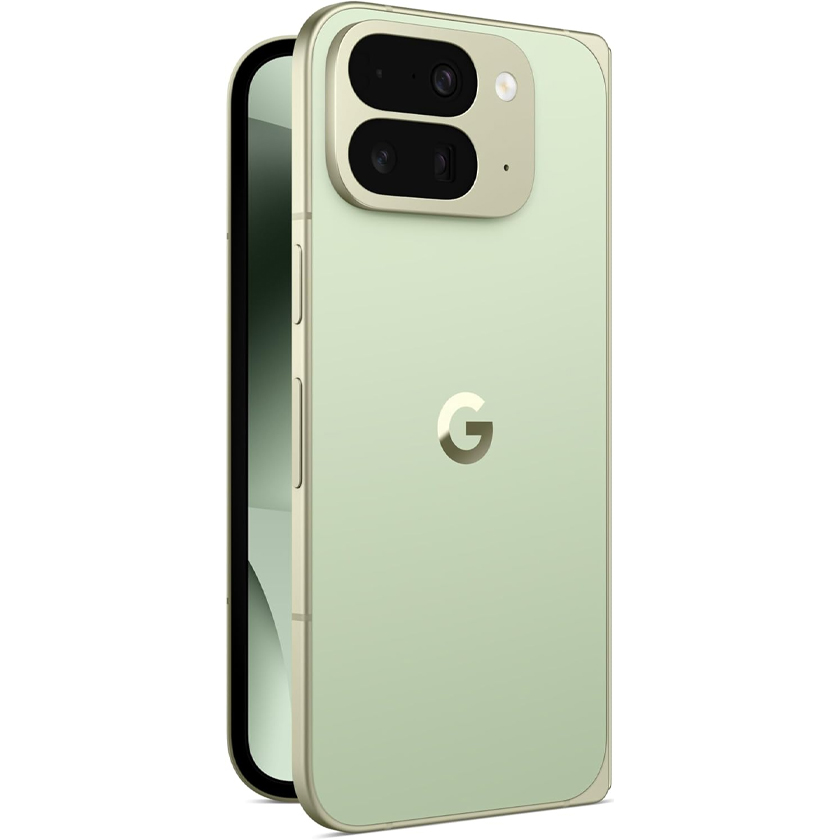
If your phone is your office, the Pixel 10 Pro Fold is the upgrade you need. Google's Pixel software looks fantastic on the extra-large screen inside and the Pixel 10-sized outer display. This is the only foldable that combines IP68 durability with magnetic charging, making it a reliable workhorse, provided you can stomach the astronomical price tag.
Read more below
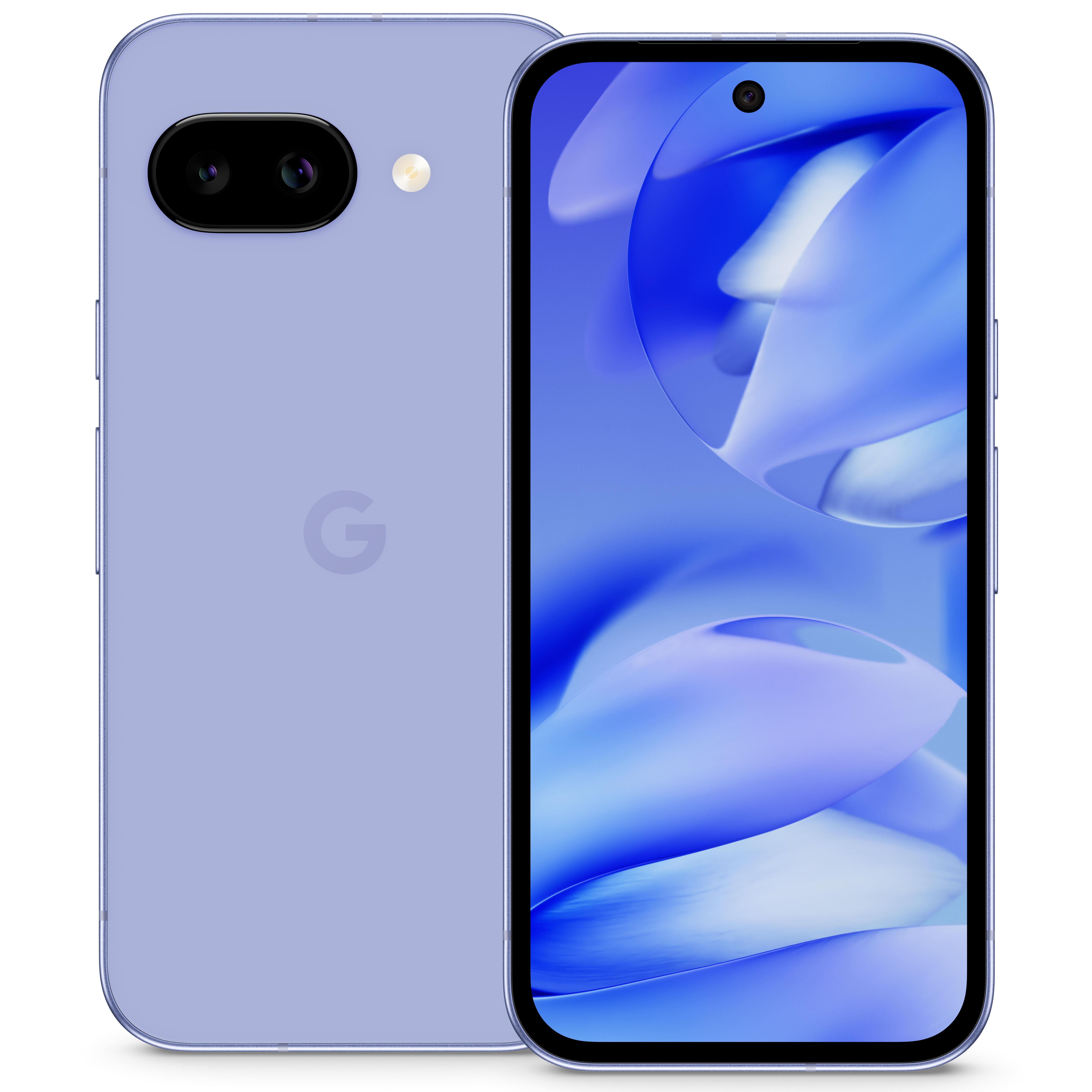
The Pixel 9a is the newest Pixel phone, and even though it's priced like a bargain it still gets seven years of Android updates, and it ships with Android 15. It takes great photos and comes in cool colors, though the design left us wanting, to say the least.
Read more below
The best Google Pixel phones in 2025
Why you can trust TechRadar
The best Pixel overall
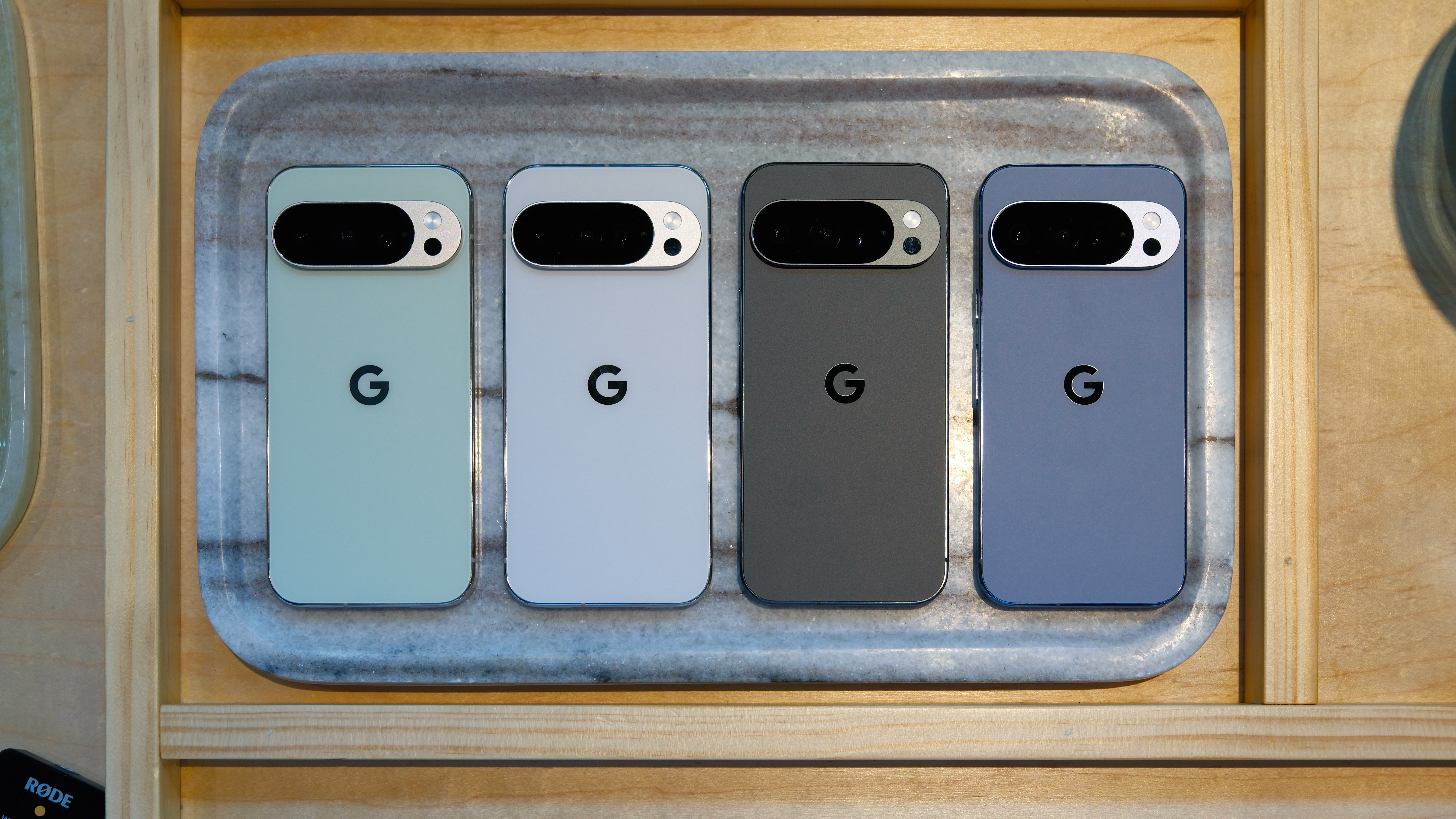
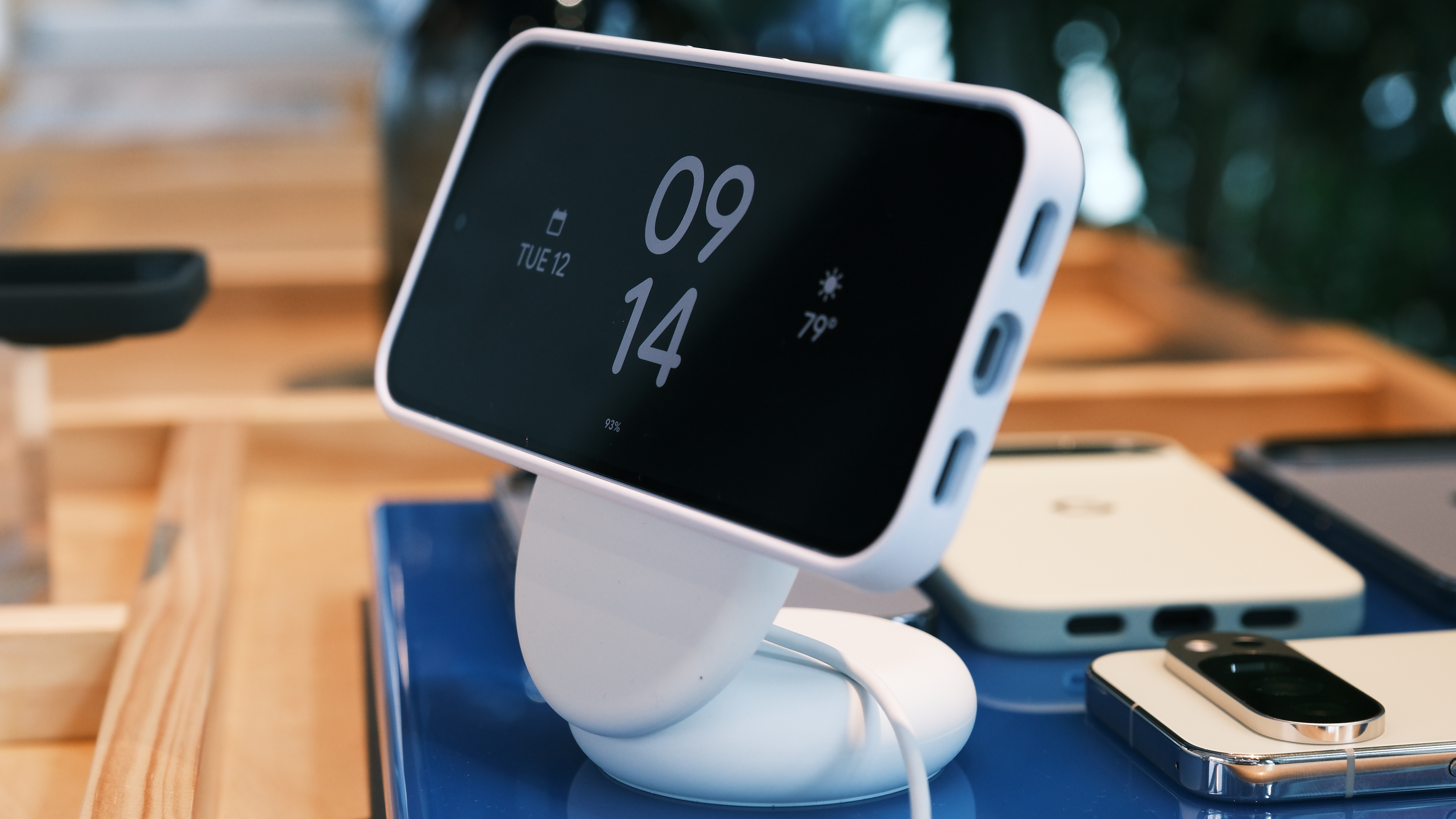
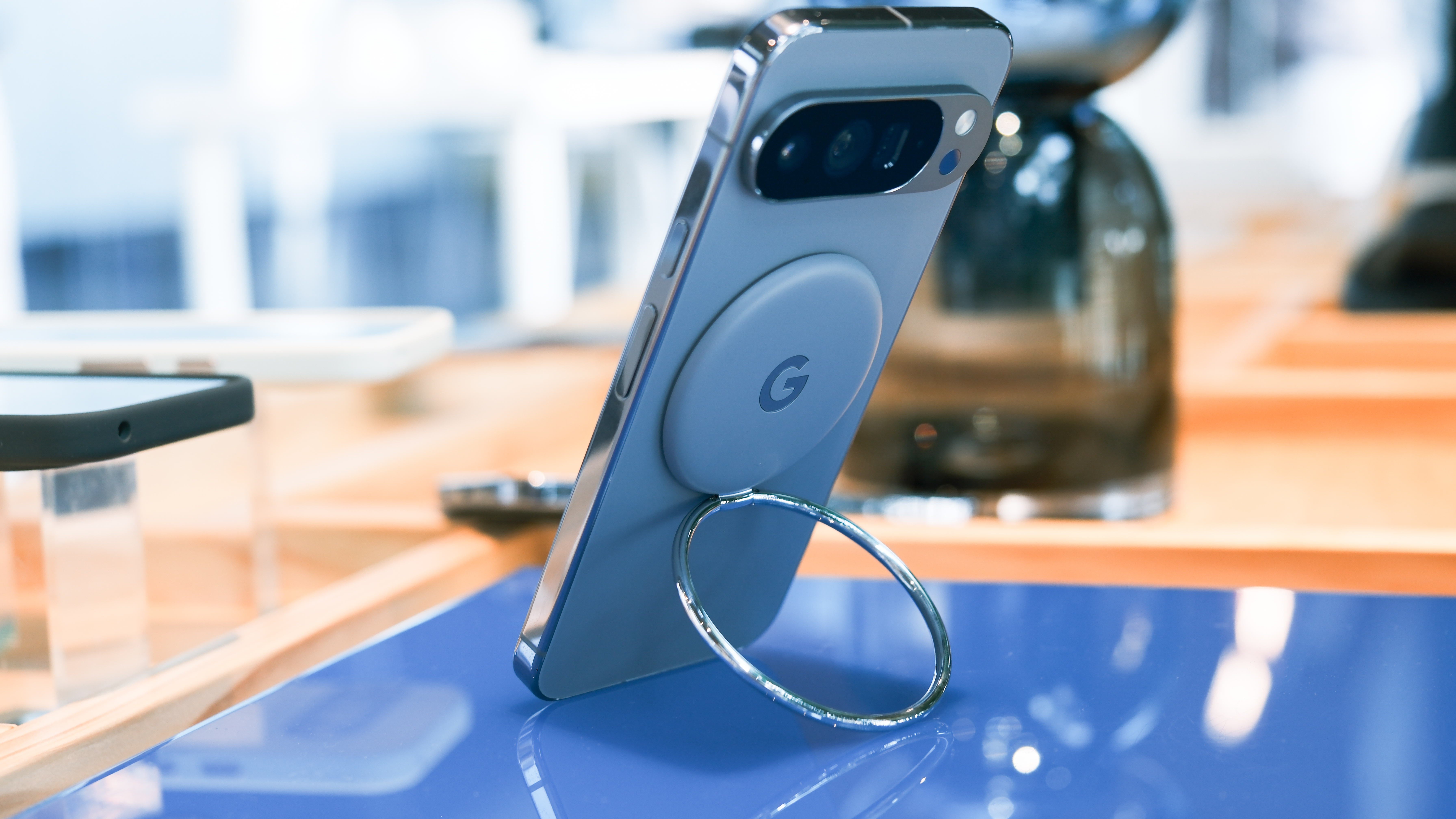
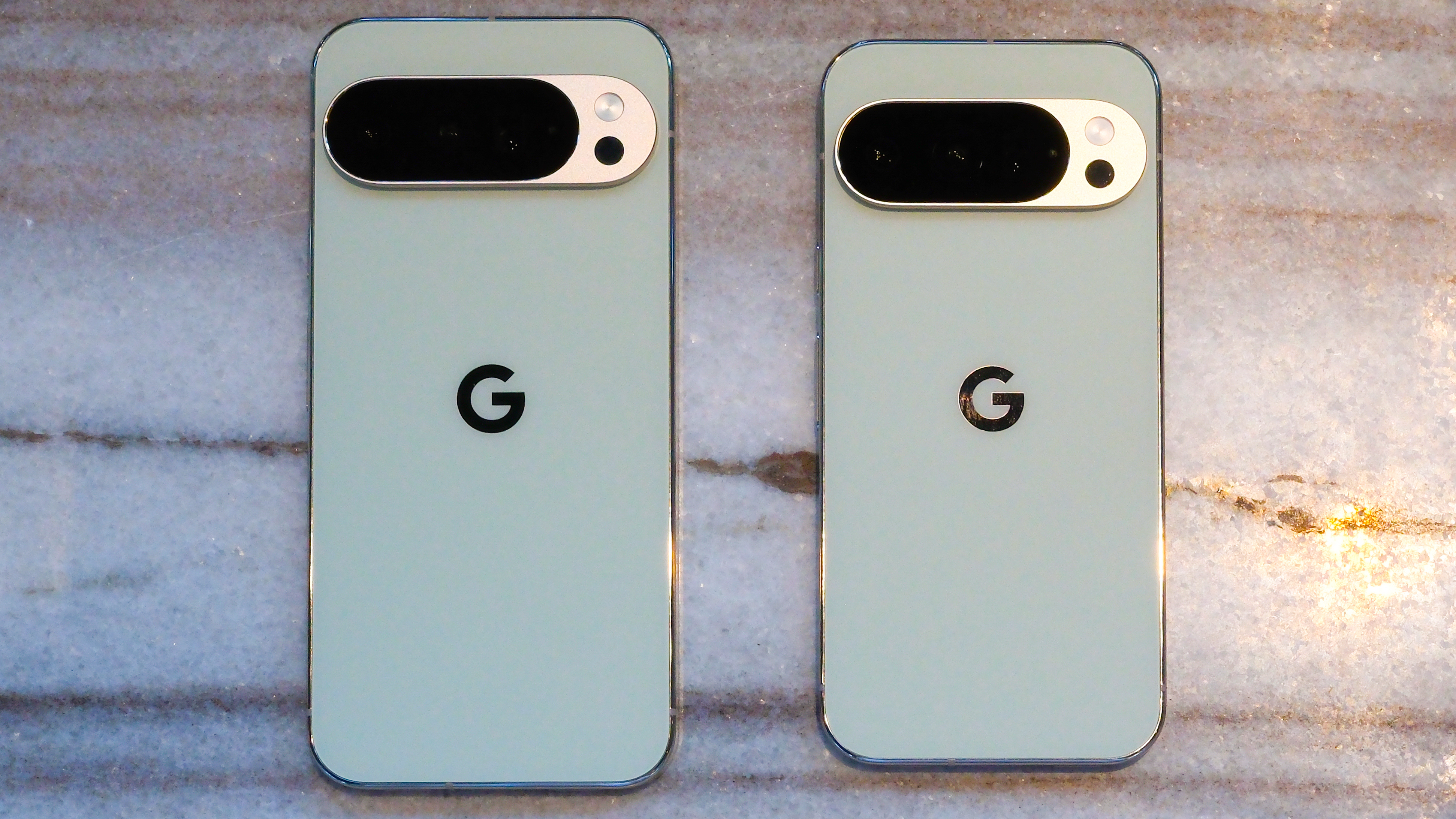
1. Google Pixel 10 Pro
Our expert review:
Specifications
Reasons to buy
Reasons to avoid
The Google Pixel 10 Pro takes the premium design language introduced last year and polishes it to near-perfection. It feels solid and high-end, and the new color options, like the Lemongrass green, are a welcome splash of character.
The biggest hardware change, however, is invisible until you use it: Pixelsnap. The inclusion of magnetic charging (compatible with Qi2 and MagSafe accessories) is endlessly useful. Being able to snap the phone onto a desk charger or attach a magnetic wallet changes the daily experience for the better.
The display is another massive win. Google’s Super Actua screen is brighter and sharper than the competition - including the iPhone 16 Pro. Whether scrolling through menus or framing shots in bright sunlight, the screen looks incredible.
The software complements all of this hardware goodness with AI that feels genuinely helpful. Features like Magic Cue work quietly in the background to pull up reservation details or contacts when you need them, and the call screening and note-taking features remain the best reason to own a Pixel.
On the camera front, the Pixel 10 Pro creates images that often beat the iPhone in detail and color, especially in low light. The 5x optical zoom is crisp, and the new AI editing tools in Google Photos let you make complex edits using natural language.
However, the camera is where the phone's main weakness shows up. The Pixel 10 Pro admittedly falls behind in performance. The Tensor G5 chipset is the bottleneck here. It lags behind the competition, and I found frustrating delays between pressing the shutter and the phone actually taking the shot, especially at high resolutions.
Battery life is decent enough to get through a day, but it hasn't made the leap we saw in other Android flagships this year. Thankfully, the convenience of magnetic charging makes keeping it topped up much easier.
At $999, the Pixel 10 Pro offers a competitive package with 16GB of RAM standard. While it may not be the fastest phone on the block, the combination of a stellar screen, superior camera, and genuinely smart software makes it a joy to use.
Read my in-depth Google Pixel 10 Pro review
The best Pixel cameras
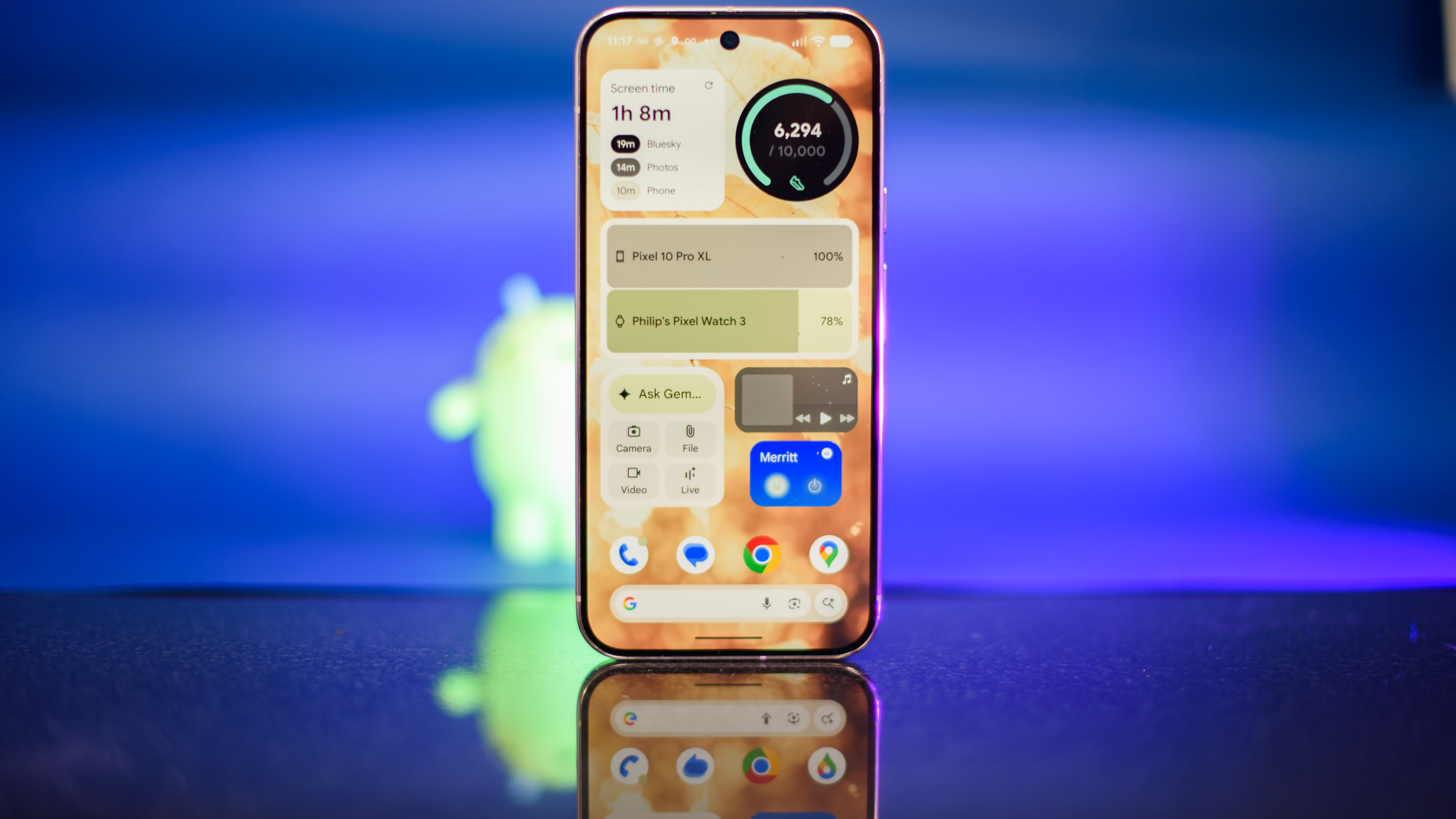
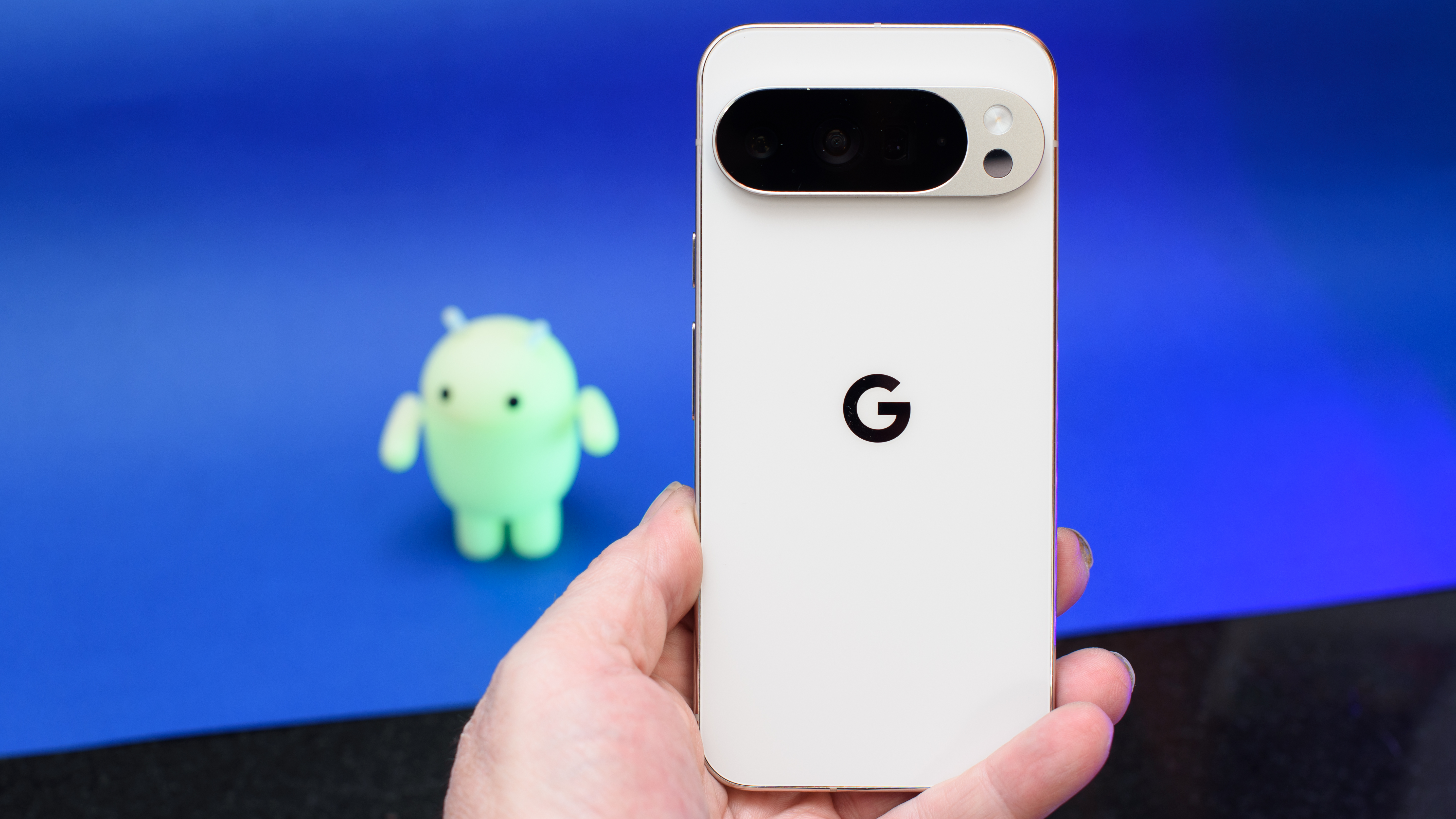
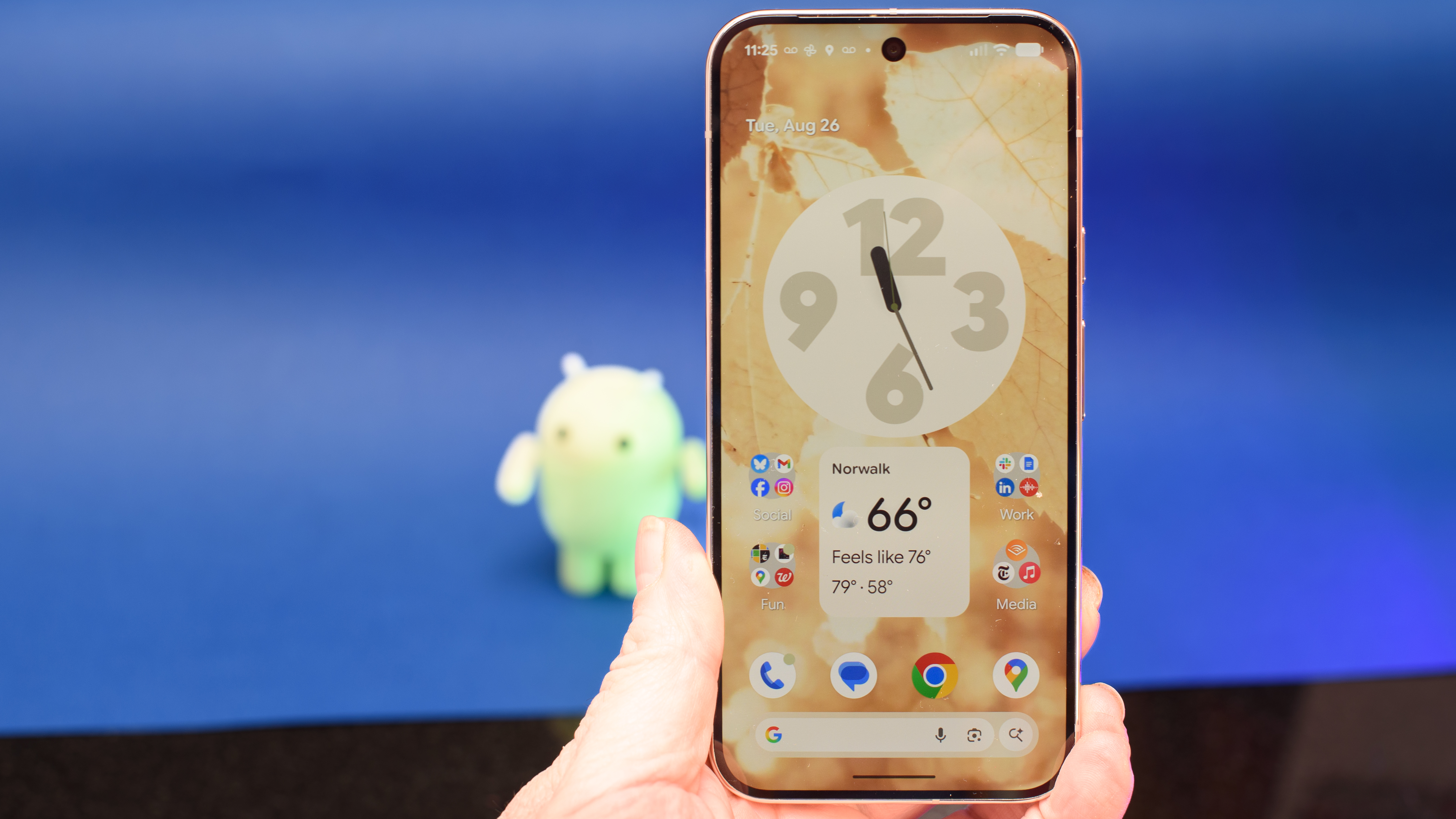
2. Google Pixel 10 Pro XL
Our expert review:
Specifications
Reasons to buy
Reasons to avoid
If you want the absolute best Google has to offer, the Pixel 10 Pro XL is the winner. While it shares the same camera hardware as the smaller 10 Pro, the photography experience here is superior thanks to the larger 6.8-inch Super Actua display, a total stunner.
The Pixel 10 Pro XL display is the brightest, sharpest screen I’ve used, making it an incredible canvas for framing shots and editing photos on the fly.
Photography is where this phone truly shines. It might just be the best camera phone on the market, particularly when the lights go down. Low-light performance is mind-bogglingly clear.
The AI editing tools are present and useful, though the camera app itself can be frustrating; the Tensor G5 chip sometimes struggles to keep up, causing the shutter to stall after taking high-res shots.
Photos taken with the Google Pixel 10 Pro XL



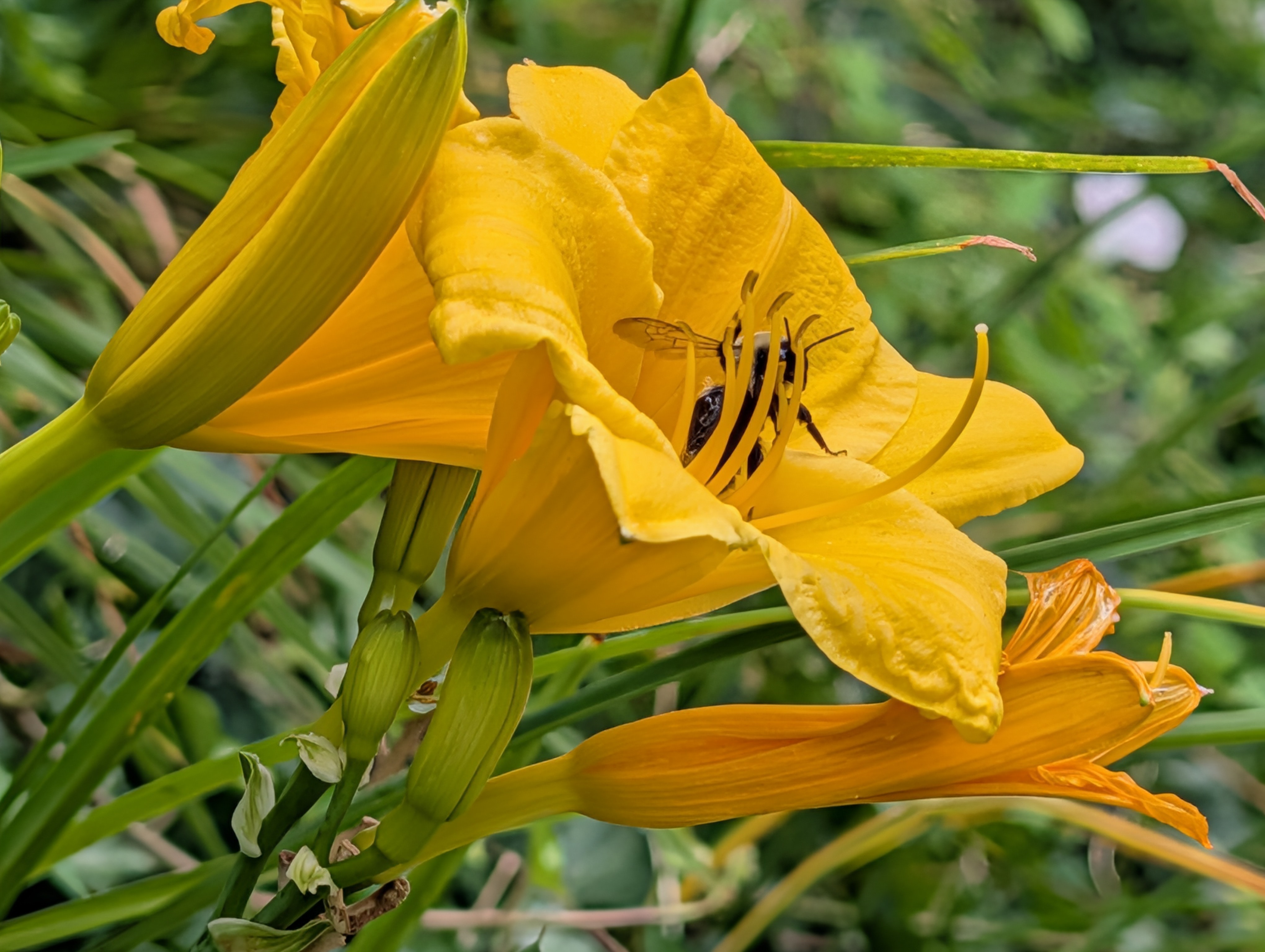
On the plus side, the Pro XL offers the best battery life of the new Pixel lineup. It’s not a massive leap forward compared to the competition, but it gets through a full day, and the addition of 45W fast charging and Pixelsnap magnetic wireless charging makes topping up a breeze.
Unlike the smaller Pro, the XL starts with a generous 256GB of storage, which helps justify the higher $1,199 price tag. It’s a big, premium device that feels refined and durable, making it the most satisfying Android phone available right now.
Read my in-depth Google Pixel 10 Pro XL review
The best Pixel for everybody
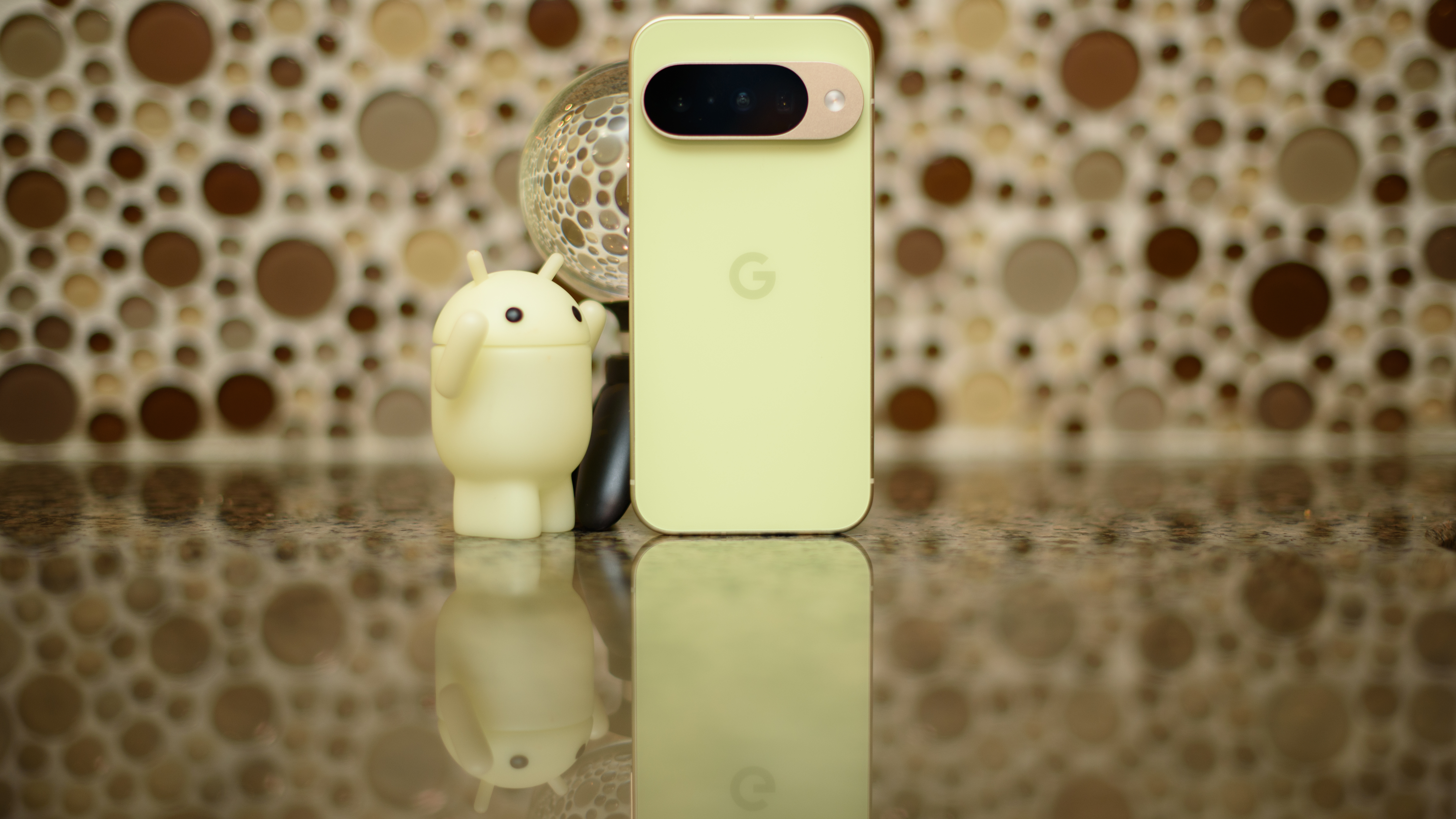
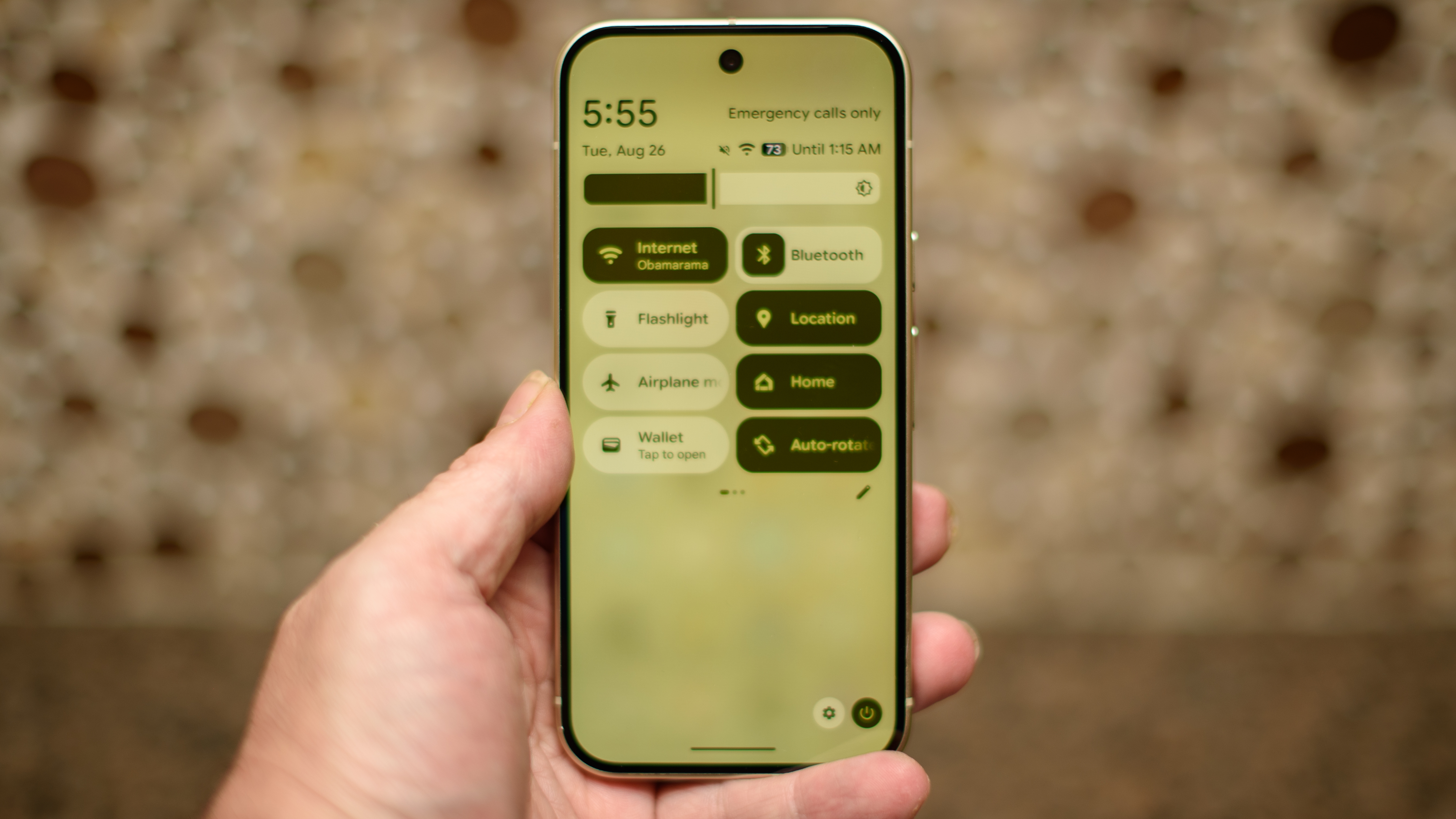
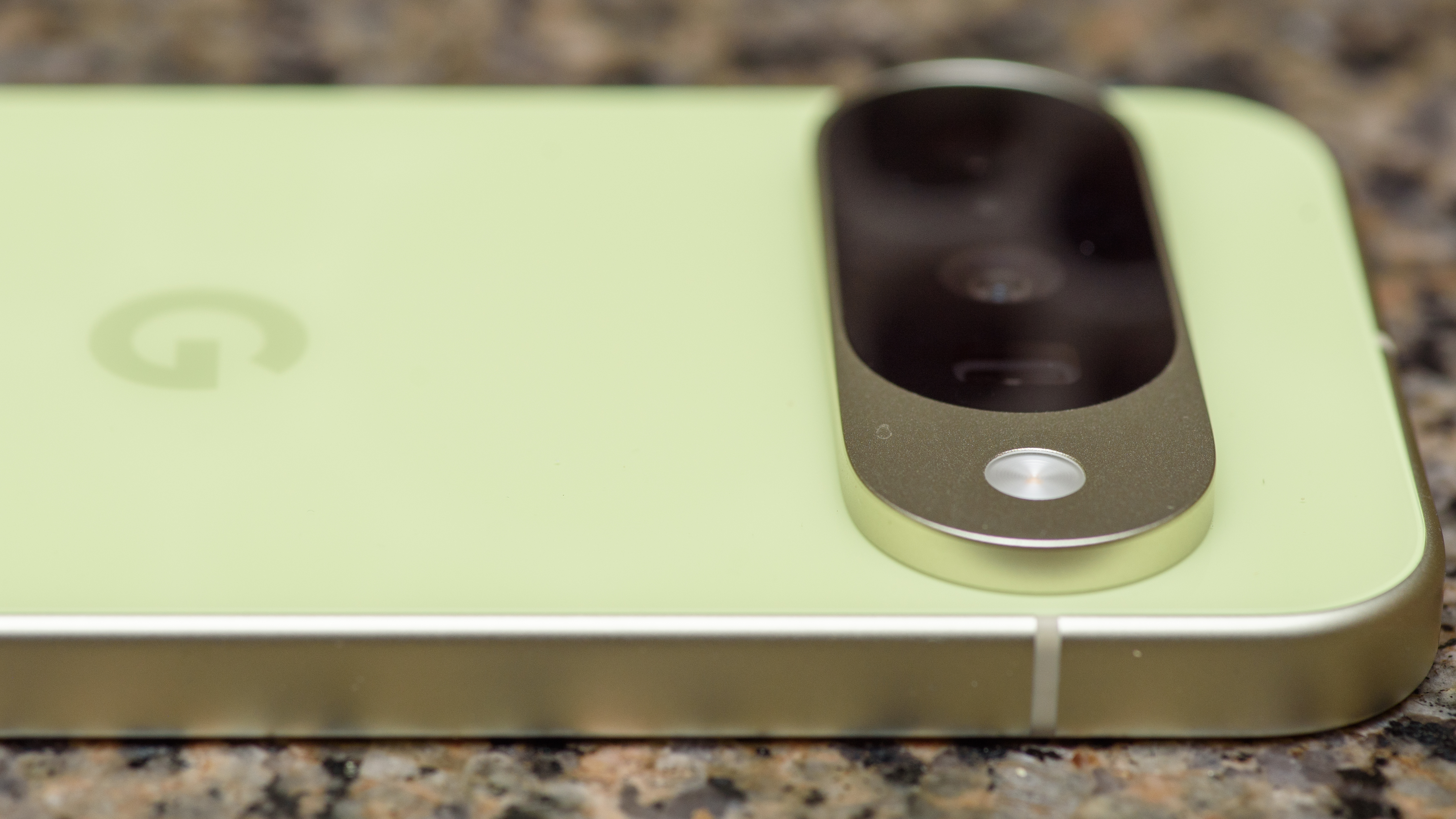
3. Google Pixel 10
Our expert review:
Specifications
Reasons to buy
Reasons to avoid
The Google Pixel 10 is a compelling choice for anyone looking to switch from an iPhone or simply get a great Android experience without breaking the bank.
It keeps the excellent design of the Pixel 9 but adds the new Pixelsnap magnetic charging system. Just like with Apple's MagSafe, being able to snap the phone onto a stand or car mount is a convenience you won't want to give up once you've tried it.
Google didn't skimp on the hardware here. The 6.3-inch Actua display is one of the brightest I've tested, making outdoor visibility excellent.
More importantly, Google finally added a dedicated 5x optical zoom lens to the base model's camera system. While the resolution is lower than on the Pro models, the photos look nearly identical in terms of color and balance, meaning you get fantastic shots without paying the Pro premium.
The software experience is clean and snappy for daily tasks, with useful new AI features like Magic Cue offering helpful shortcuts. However, performance is fine for everything except heavy gaming, where the Tensor G5 chip shows its limitations.
Battery life remains unchanged from last year - it's just okay - but the ease of magnetic charging mitigates this significantly.
At $799, the Google Pixel 10 is a solid value, though Google often discounts these models heavily throughout the year, so keep an eye out for deals.
Read my in-depth Google Pixel 10 review
The best Pixel for work
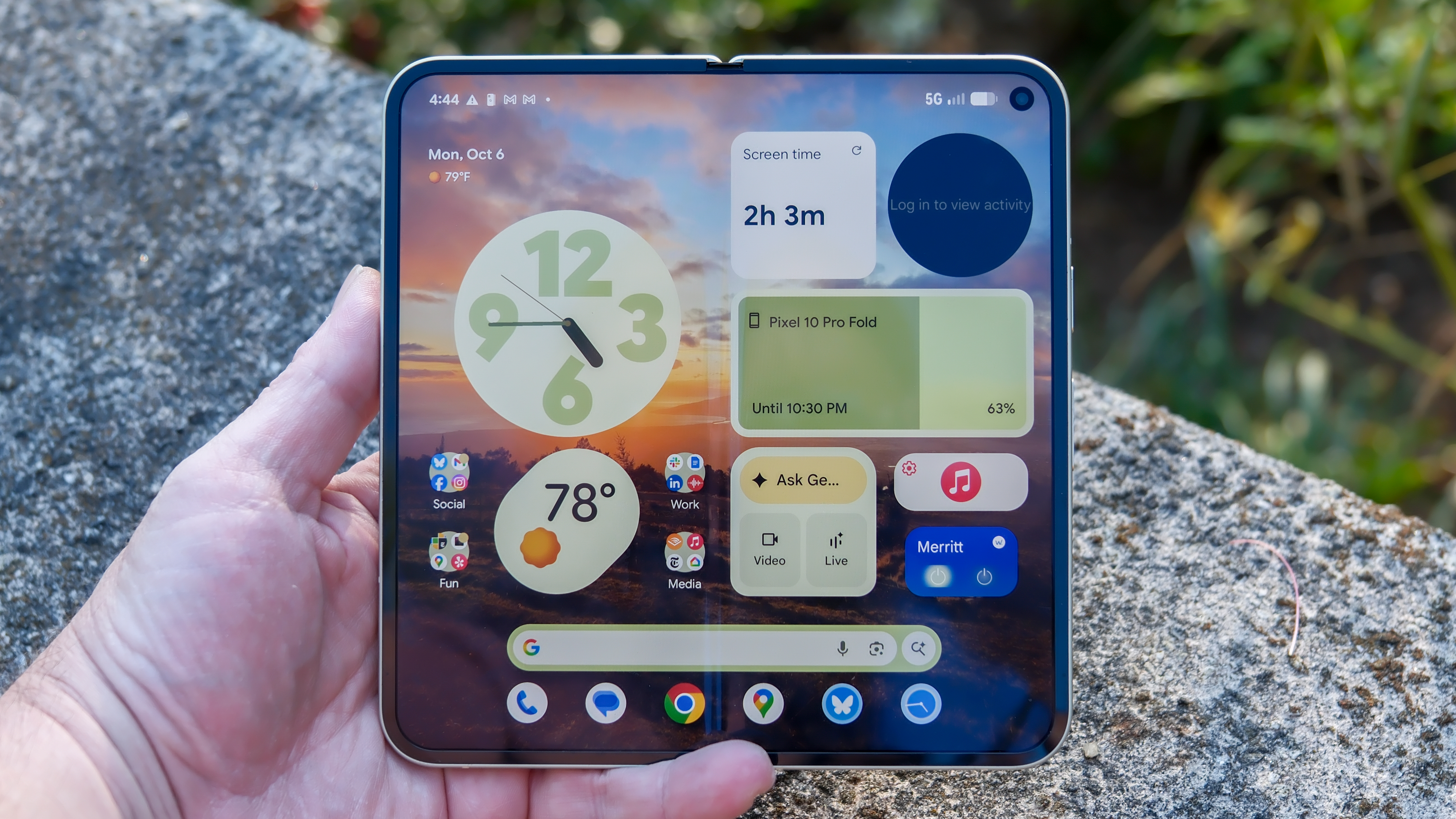
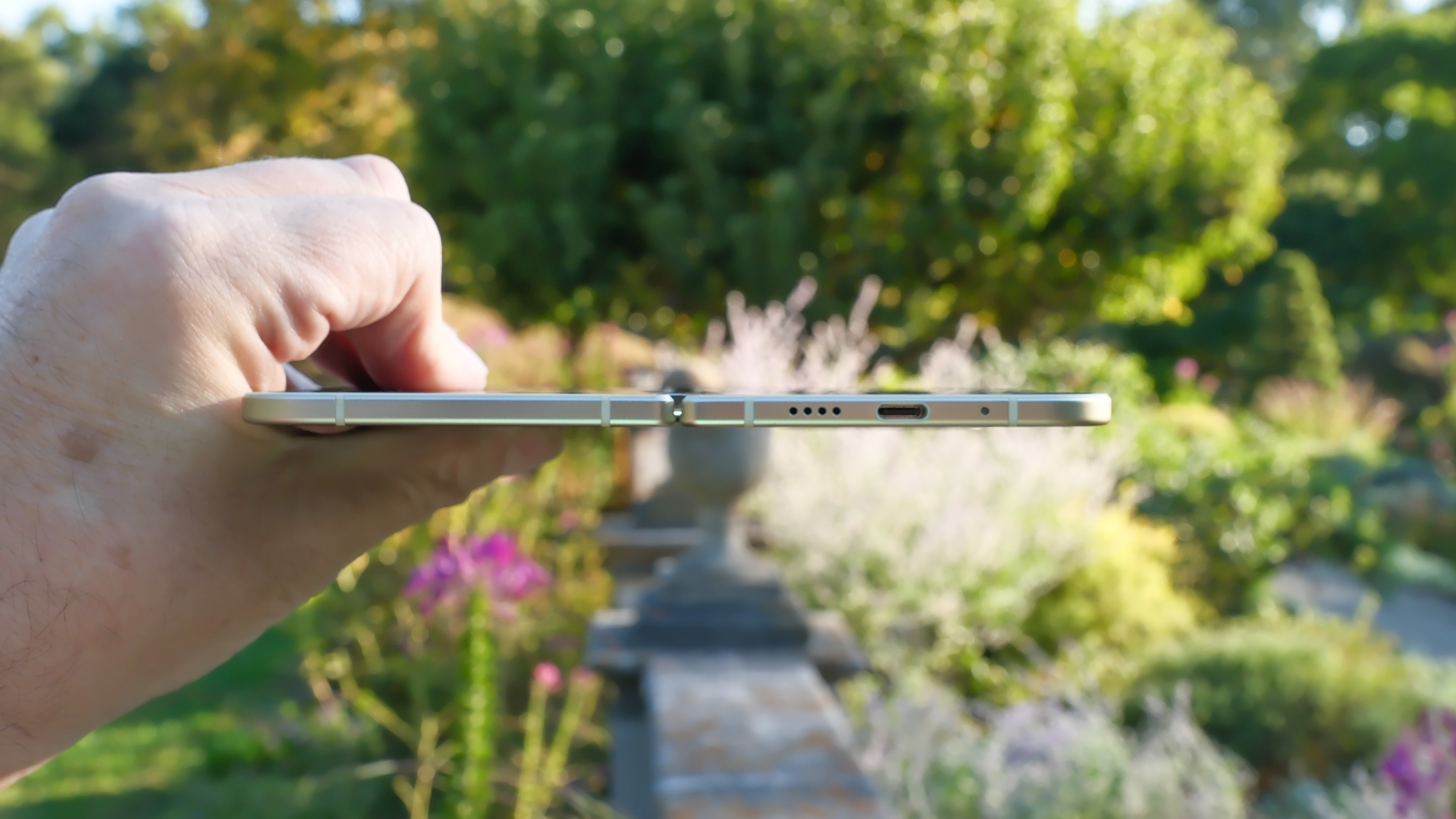
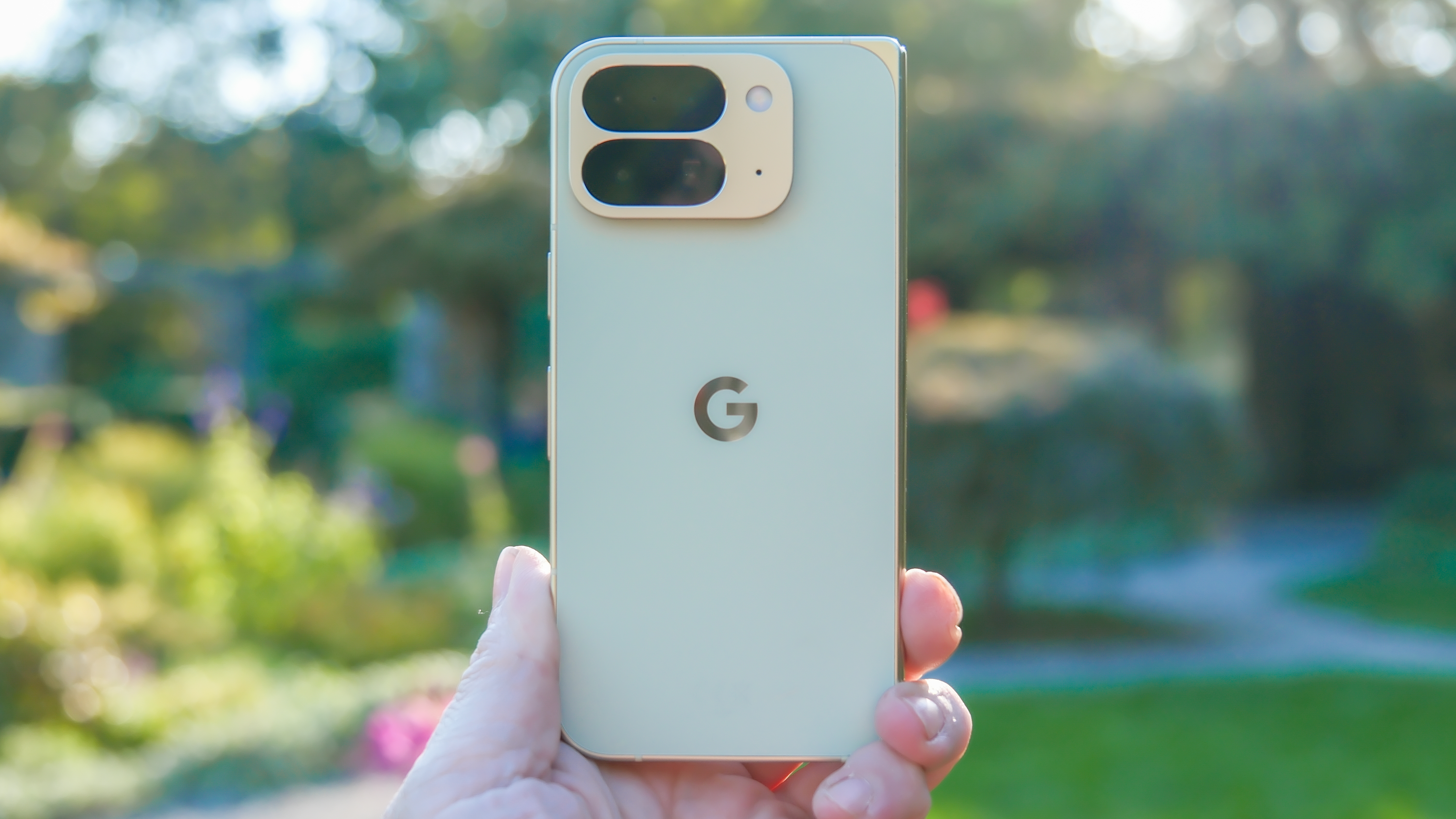
4. Google Pixel 10 Pro Fold
Our expert review:
Specifications
Reasons to buy
Reasons to avoid
The Pixel 10 Pro Fold is a specialized tool, and for the right person, it replaces both a phone and a tablet. For work, the massive 8-inch inner display is a revelation; web pages, spreadsheets, and documents have room to breathe, and multitasking feels genuinely productive rather than cramped.
It’s also the most durable foldable we've seen, boasting an IP68 rating that protects against dust and water—a first for tablet foldable phones. Samsung is water resistant, but its Galaxy Z Fold 7 can't keep out dust as well as the Pixel 10 Pro Fold.
Google also fixed one of the biggest annoyances of foldable ownership by adding Pixelsnap. Being able to magnetically attach this large device to a car mount or a desk charger makes it infinitely more usable in a daily workflow.
The design is refined and comfortable, with an outer screen that feels exactly like a normal phone rather than a narrow compromise.
However, you are paying a foldable tax. At $1,799, it is incredibly expensive, even more than if you bought the best Pixel 10 Pro XL and a very nice tablet together.
The cameras are also technically inferior to those on the cheaper Pixel 10 Pro XL. The photos are fine, but heavily reliant on AI smoothing, and you lose some resolution. The software, while charming and polished, still has some bugs and lacks features that truly take advantage of the massive canvas.
Forget those complaints - this is still a great foldable phone that will satisfy Pixel fans looking for the ultimate, big screen experience. If you need a durable, two-in-one device to get things done, this is the Pixel to buy.
Read my in-depth Google Pixel 10 Pro Fold review
The best Pixel under $500
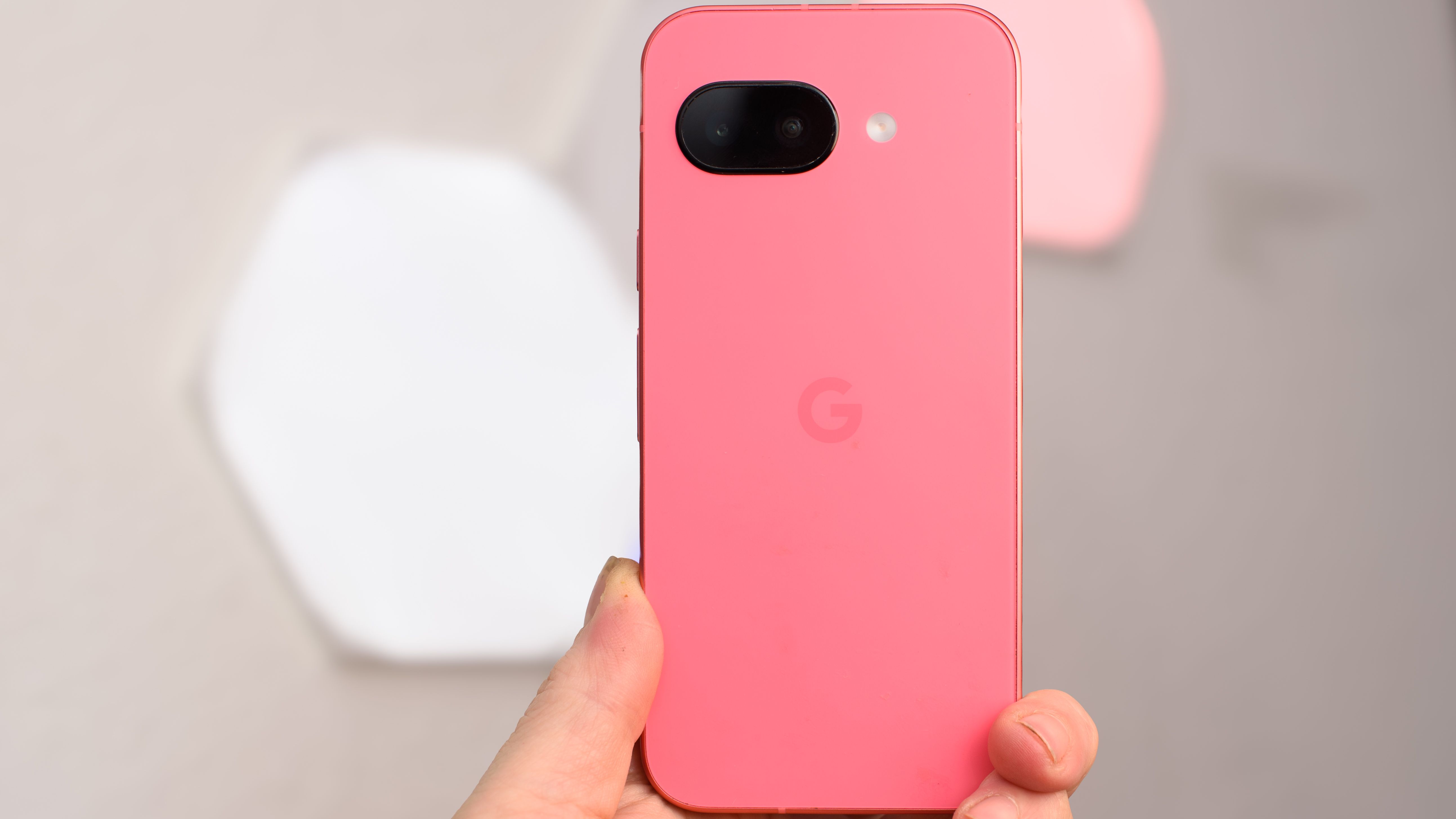
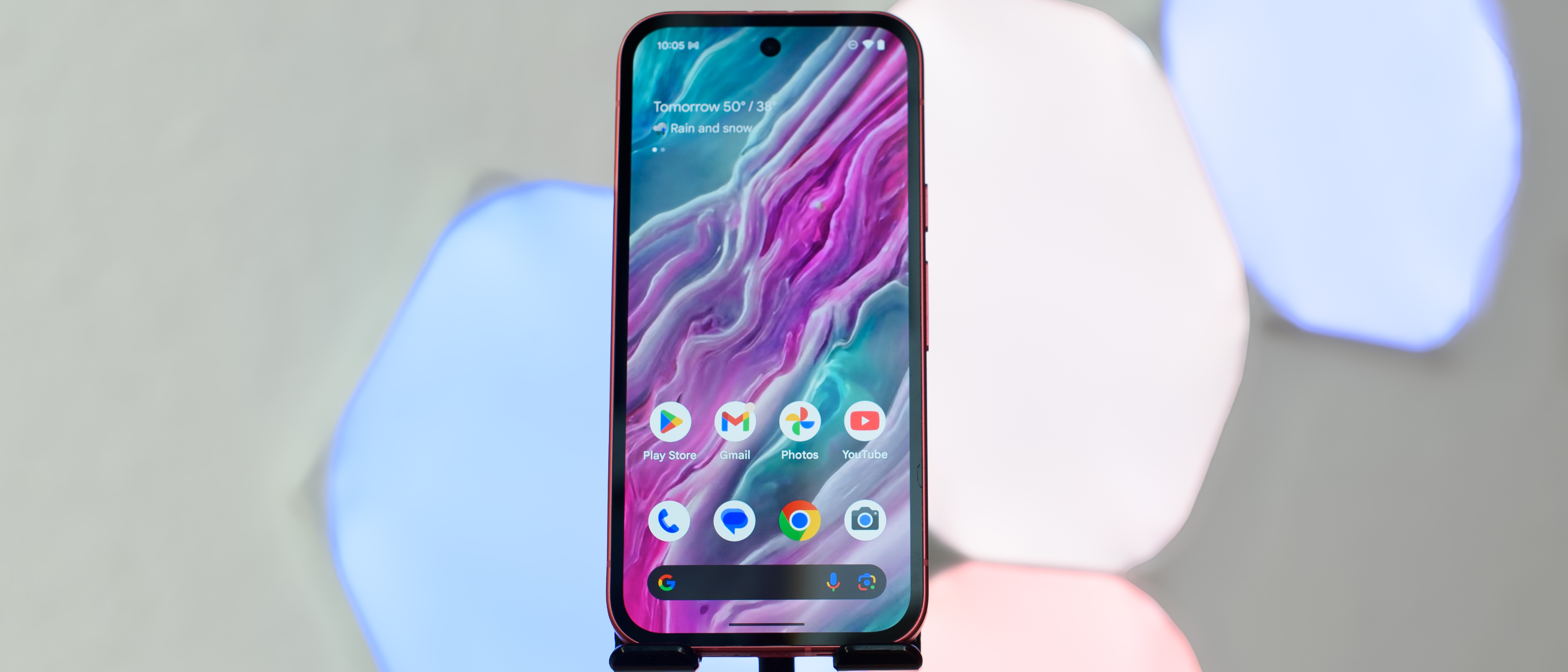
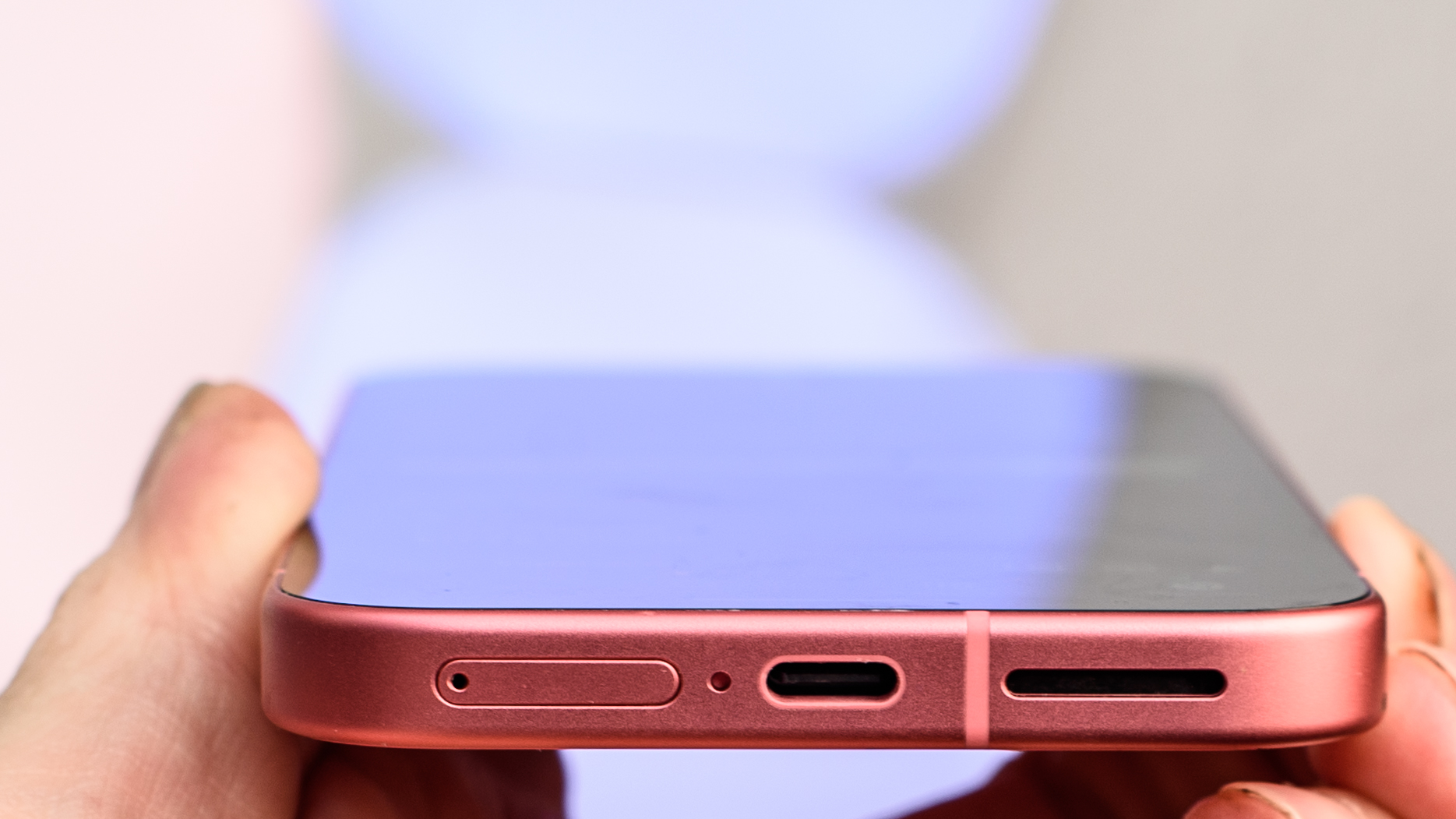
5. Google Pixel 9a
Our expert review:
Specifications
The Pixel 9a stands out as the value champion in the Pixel family, especially now the the Pixel 10 is here. It's an easy recommendation for anyone seeking a dependable, straightforward Android phone that excels at the essentials. If you want a phone that will "just work" for a long time, while still delivering core Pixel strengths, the Pixel 9a is a compelling choice.
Performance is solid for a bargain phone, thanks to the inclusion of the same Google Tensor G4 processor found in the more expensive Pixel 9 Pro.
You get Google's refined and easy-to-use version of Android 15, enhanced by the many clever AI features Pixels are known for. Tools like AI call screening and best-in-class voice recording transcription were incredibly convenient in my review time with this phone.
Crucially, Google promises seven years of major Android OS and security updates, offering industry-leading software support and longevity in this price bracket.
Where the Pixel 9a truly punches above its weight is the camera. The colors are accurate and vibrant. Its standout feature, however, is the astonishingly capable new macro photography mode. The level of close-up detail achieved rivals much more cameras, providing a genuinely impressive tool for creative shots.
If you want a fantastic value, a great camera (especially for macro), useful AI smarts, and long-term software support, and you don't mind owning the ugliest Pixel phone of all time, the Pixel 9a is a top contender within the Pixel lineup.
Read my in-depth Google Pixel 9a review
FAQs
What is the best Pixel phone right now?
The Pixel 10 Pro is the best Pixel phone overall because it gives you all of the best Pixel features, in a size that is more pocketable and a price that is easier to afford. The Pixel 10 Pro XL offers all of the same features, with a larger battery and slightly faster charging, and its bigger display makes it the better viewfinder for photos, so the XL is our best Pixel camera pick.
How to choose the best Pixel phone for you
When you are choosing a Pixel phone the important question is how much AI you want to use. The better the Pixel phone, the more AI features it will have, both now and into the future. If you want to always have the latest Google AI features, I would suggest a Pixel 10 Pro or Pro XL. On the other hand, if you want to avoid AI or Google AI isn't important at all, you can save a lot of money buying the Pixel 9a, which still has great cameras and solid performance for such a bargain-priced phone.
How we test
I've thoroughly reviewed every Pixel phone on this list, and I carry a new Pixel model at all times as one of my primary work phones, and to test alongside all of the best camera phones. I use Pixel phones with all of my work apps and tools, and with all of my favorite personal features, including games and social networks.
I use these Pixel phones with the latest Pixel Watch and Pixel Buds Pro accessories from Google, and I connect the phones to my car's stereo for Android Auto and Bluetooth. I use an Xbox wireless controller to play games, and I connect other joysticks, wearables, headphones, and accessories as needed.
I test these phones through intense normal usage, and all of the phones are tested in Future Labs using third-party benchmark software and our own proprietary lab tests. We conduct performance tests on the processor, graphics, display, battery, and much more.
We test phones for a minimum of one full week before we write a review, and usually at least two weeks or more. We update reviews and buying guides periodically as we conduct more testing, and as the phones are updated with new features. It really never ends.
- You've reached the end of the page. Jump back up to the top ^
Sign up for breaking news, reviews, opinion, top tech deals, and more.

Starting more than 20 years ago at eTown.com. Philip Berne has written for Engadget, The Verge, PC Mag, Digital Trends, Slashgear, TechRadar, AndroidCentral, and was Editor-in-Chief of the sadly-defunct infoSync. Phil holds an entirely useful M.A. in Cultural Theory from Carnegie Mellon University. He sang in numerous college a cappella groups.
Phil did a stint at Samsung Mobile, leading reviews for the PR team and writing crisis communications until he left in 2017. He worked at an Apple Store near Boston, MA, at the height of iPod popularity. Phil is certified in Google AI Essentials. His passion is the democratizing power of mobile technology. Before AI came along he was totally sure the next big thing would be something we wear on our faces.